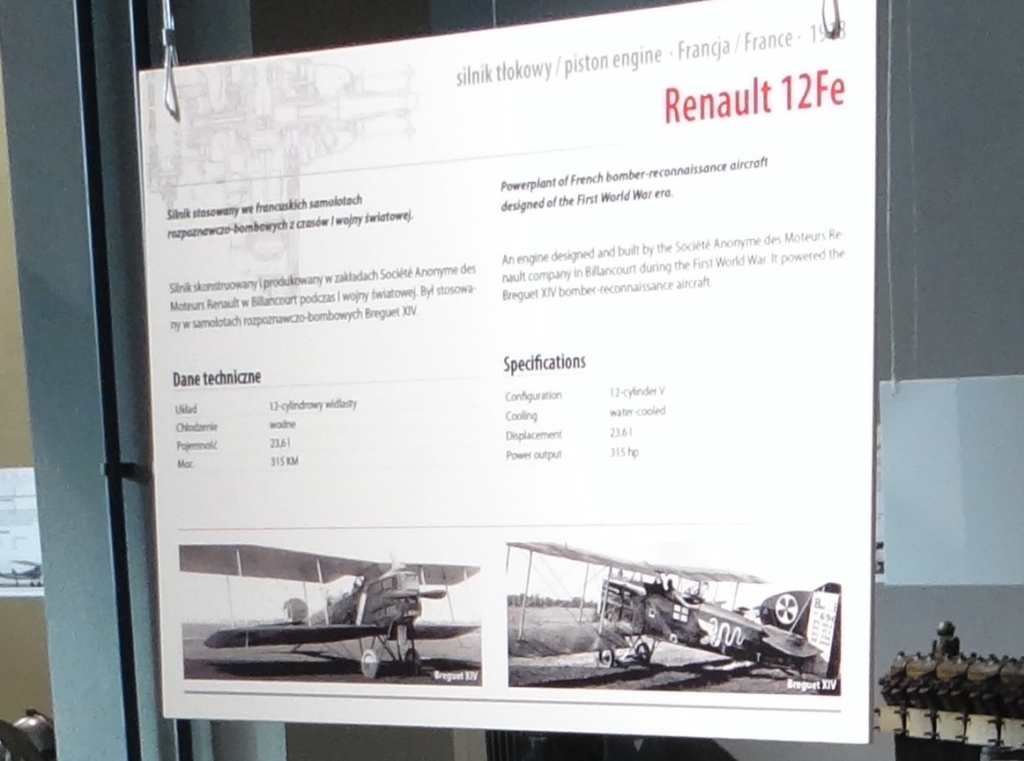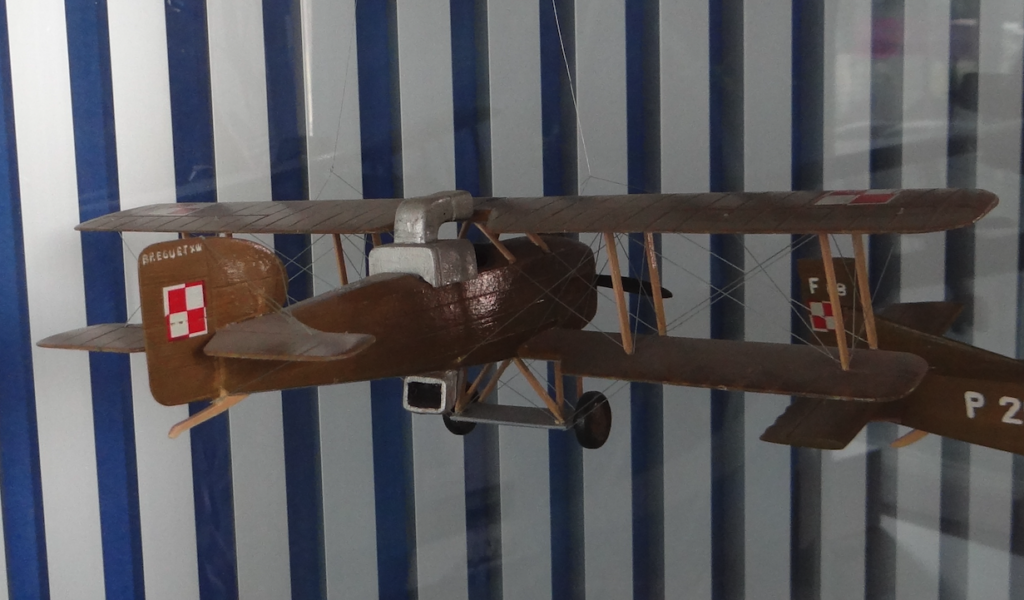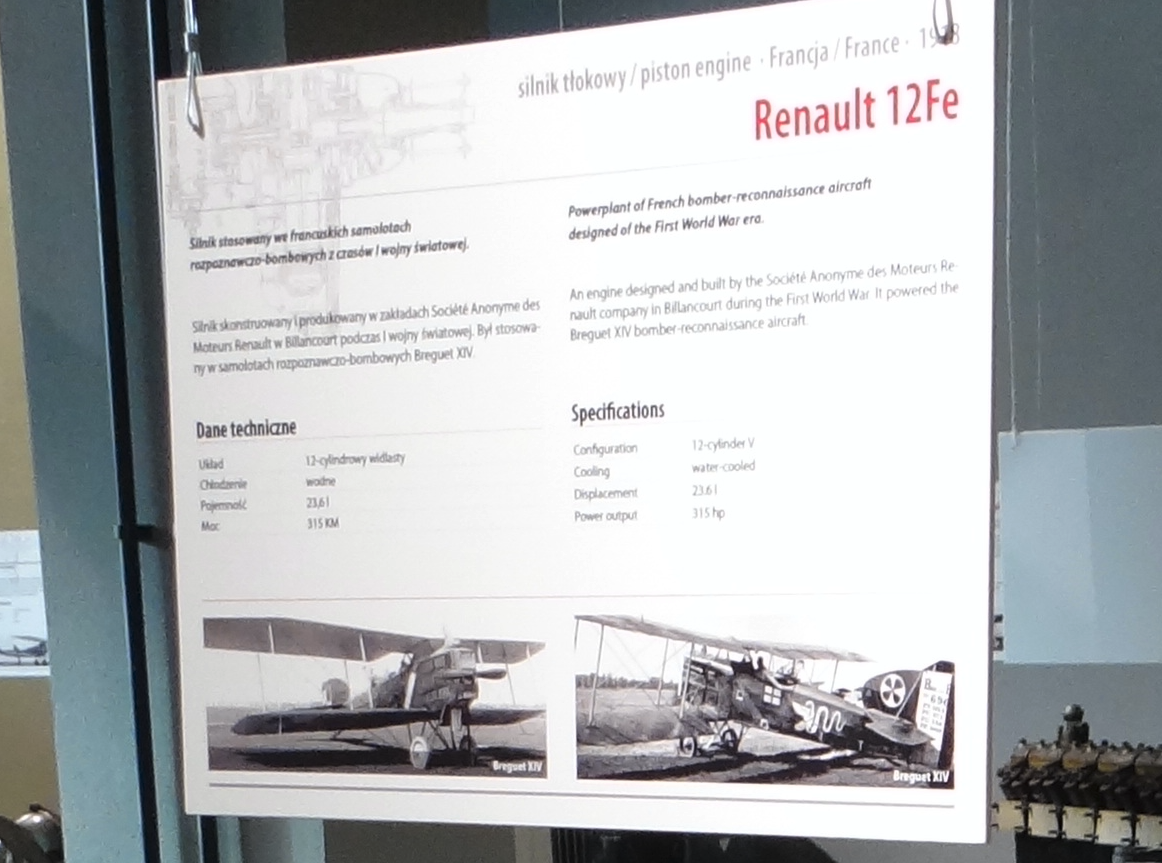Kraków 2013-03-14
Outline of the history of navigation. Breguet 14.


The plane that was perfect for conversion from military to postal and passenger was the Breguet 14 (Breguet XIV, Bre 14 for short). The plane was built in 1916 by the French company Societe Anonyme des Atelieurs d’Aviation Louis Breguet, as a reconnaissance plane and light bomber. Many versions were created, including a seaplane. In this article, we are particularly interested in the civilian versions. Officially, the French developed two versions designated as the Breguet 14 T Salon (1919) and the Breguet 14 Tbis Sanitaire. The first took two passengers on board, the second two people on stretchers. Interestingly, the pilot’s cabin remained open. Passengers, on the other hand, had a raised, completely closed cabin, equipped with entrance doors and windows. This version was used to build a special version of the plane for transporting mail for Pierre Latécoère’s fledgling airline, which ordered about 100 machines.
A little later, the installation of a more powerful engine allowed the passenger cabin to be enlarged and to take 4 passengers on board. These planes also flew in Africa over the Sahara to Casablanca and Dakar. Due to the huge number of Breguet 14s built, other manufacturers also made modifications for passenger transport. Production of the Breguet 14 ended in 1928, after about 8,000 units had been built.
Breguet 14 planes reached the Republic of Poland with General Józef Haller’s Blue Army in May 1919. There were 45 planes. Later, 32 more machines were purchased. During the war against the Moscow plague, more machines were acquired, so that their number increased to 158 units. The last purchased planes reached Poland in the spring of 1921. In 1926, an additional 1 medical plane Breguet 14 T bis was purchased. These planes were popularly called “Louis XIV” in Poland. In 1925, several planes were rebuilt into agricultural machines for dusting forests. Three planes were rebuilt into a medical version.
On May 31, 1921, an agreement was concluded between the Polish government and S.A. Francopol Franco-Polish Automotive and Aviation Plants, for the construction of, among others, 200 Breguet 14 B2 planes. The plant was to start producing airframes by the end of 1922, and engines at the beginning of 1923. The agreement was not fulfilled due to the fault of SA Francopol.
The aircraft was powered by one 12-cylinder Renault 12Fcx (300 HP) or 12 Fcy (310 HP) engine in a V configuration. These were the basic engines. Fuel in two tanks, with a capacity of 2 x 130 liters, placed in the fuselage behind the engine. In the passenger and sanitary versions, the tanks were moved under the upper wings. Mixed construction; duralumin and wood. Wings covered with fabric. Dimensions; span 14.36 m, length 8.87 m, height 3.30 m. Wing area 50 square meters. Speed about 180 km/h, range 390 km, ceiling 6,000 m, flight endurance 2 hr 45 min.
Written by Karol Placha Hetman

